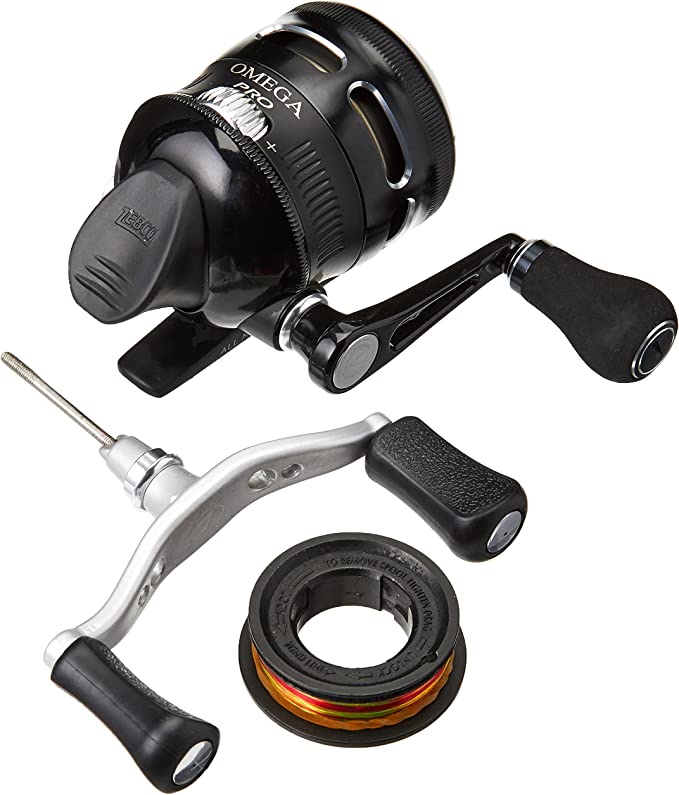The Science of Recovery: Deconstructing the LifeSmart Plug-and-Play Hot Tub
Update on Aug. 10, 2025, 1:16 p.m.
There’s a feeling every outdoor enthusiast knows intimately: the deep, satisfying ache in your muscles after a long day on the trail, a strenuous paddle, or a successful summit push. It’s a badge of honor, a physical reminder of an adventure well-lived. In that moment, the mind craves a modern version of the ancient campfire—a sanctuary of warmth to ease the body and quiet the soul. For many, the ultimate form of this sanctuary is a hot tub, but the perceived complexity and cost have often placed it in the realm of luxury resort, not a backyard reality.
What if that perception was outdated? The arrival of “plug-and-play” spas like the LifeSmart 4-Person Hot Tub challenges this notion, promising profound hydrotherapeutic relief without the traditional barriers. But this isn’t magic; it’s a clever application of fundamental scientific principles. How exactly does a machine you can simply plug into a standard wall outlet deliver a recovery experience that can soothe trail-weary limbs? The answer lies in a thoughtful convergence of physics and material science.

The Kinetic Heart: Engineering the Perfect Massage
The core of any hydrotherapy experience is the force and feel of the water jets. This tub’s 13 jets are more than just nozzles; they are miniature engines of relaxation, operating on a classic principle of fluid dynamics known as the Venturi effect. As the spa’s pump forces water through a constriction inside the jet, the water’s speed dramatically increases. This high-velocity stream creates a drop in pressure, which in turn creates a vacuum that draws in outside air.
This blend of air and water is the secret to a superior massage. The resulting stream is less of a sharp, high-pressure needle and more of a vigorous, bubbly current that feels both powerful and gentle on the skin. It’s this air-infusion that provides a deep-tissue effect without being abrasive, targeting sore muscle groups with a satisfying pulse. As user experiences confirm, the ability to adjust this flow allows for a customized session, whether you need a gentle caress for your lower back or a robust pummelling for your shoulders after carrying a heavy pack. This is the difference between simply being in hot water and undergoing engineered hydrotherapy.

The Thermal Fortress: Winning the War Against Cold
Heating over 200 gallons of water is one thing; keeping it hot is another. The real enemy of any hot tub is heat loss, a relentless process governed by the laws of thermodynamics. Heat escapes through three primary channels: conduction (through the shell), convection (as warmer water circulates), and, most significantly, evaporation from the surface. The LifeSmart tub’s design is a multi-pronged defense against this thermal retreat.
The first line of defense is its “Durable Hard Shell.” Constructed from acrylic, a material with low thermal conductivity, the shell itself acts as an initial barrier, slowing the escape of heat into the surrounding environment. This is a significant upgrade from inflatable models, which lose heat far more rapidly through their thin walls.
The second and most crucial component is the insulated cover. A staggering 75% of a hot tub’s heat loss can occur through evaporation. A sturdy, well-fitting cover, as included with this unit, essentially puts a lid on this process. It acts like a high-performance winter jacket for your spa, trapping both heat and moisture. This thermal efficiency is why users report that after an initial heating period of around 20 hours, the spa is remarkably adept at maintaining its temperature. This isn’t just a convenience; it’s the scientific foundation of its energy-efficient design, ensuring your sanctuary of warmth doesn’t come with a punishing electricity bill.

The Practical Foundation: Science for a Real-World Backyard
Beyond the core therapeutic functions, the tub’s design reflects a deep understanding of user accessibility and longevity. The “110v plug & play” feature is a masterclass in electrical engineering for the masses. By operating on a standard 120-volt household circuit, it completely bypasses the need for an electrician to install a special 240-volt line—a process that can be both costly and invasive. This simple feature, protected by a built-in Ground Fault Circuit Interrupter (GFCI) for safety, democratizes the hot tub, transforming it from a major construction project into a simple, DIY-friendly appliance.
The choice of materials further enhances this practical approach. The acrylic shell isn’t just a good insulator; its non-porous surface is inherently resistant to bacteria growth and is far easier to clean and maintain than textured surfaces. Meanwhile, the exterior plastic is formulated for UV resistance, ensuring it won’t become brittle or fade after seasons of sun exposure. Even the tub’s weight of 270 pounds is a calculated decision. While substantial, it’s light enough to be positioned by a few adults, forgoing the need for cranes or specialized moving equipment.
While labeled for four people, real-world feedback paints a clearer picture of its ergonomic space: it’s an intimate oasis perfect for two or three, and a cozy, friendly fit for four. This honesty in design—creating a functional, durable, and truly accessible unit—is perhaps its most intelligent feature.
In the end, the most effective piece of outdoor gear is often the one that aids in our recovery, preparing us for the next journey. The LifeSmart hot tub reveals itself to be just that—not a mere luxury, but a thoughtfully engineered recovery station. Through the clever application of hydrodynamics, thermodynamics, and practical design, it offers a scientifically-backed solution to soothe the body and spirit, ensuring that the rewarding ache of today’s adventure simply becomes the fuel for tomorrow’s.



















